 From industrial chemistry to marketing to brewing, Esker Beer Co’s Charlie Claridge leans on his diverse experience to create award-winning beer.
From industrial chemistry to marketing to brewing, Esker Beer Co’s Charlie Claridge leans on his diverse experience to create award-winning beer.  From industrial chemistry to marketing to brewing, Esker Beer Co’s Charlie Claridge leans on his diverse experience to create award-winning beer.
From industrial chemistry to marketing to brewing, Esker Beer Co’s Charlie Claridge leans on his diverse experience to create award-winning beer. 
 Access hundreds of medal-winning homebrew recipe from past National Homebrew Competition Final Rounds, including beer, mead, and cider.
Access hundreds of medal-winning homebrew recipe from past National Homebrew Competition Final Rounds, including beer, mead, and cider.
 Slated to open in November, the new venue will be Mountain Culture's first inner-city joint, housing the brewery's new barrel program.
Slated to open in November, the new venue will be Mountain Culture's first inner-city joint, housing the brewery's new barrel program. 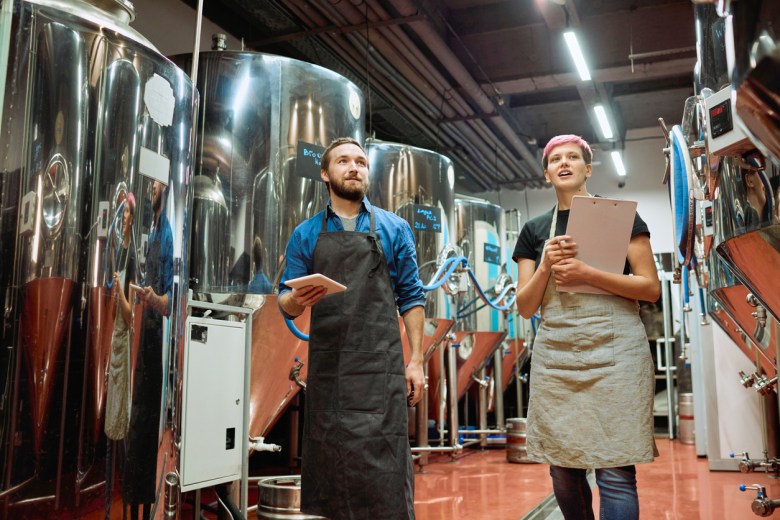 All independent breweries are invited to submit, with the resultant data supporting advocacy on both state and federal levels.
All independent breweries are invited to submit, with the resultant data supporting advocacy on both state and federal levels. 

 BeerFest Australia engages more than 30 musical acts over its festivals, with Sneaky Sound System headlining the Sydney event.
BeerFest Australia engages more than 30 musical acts over its festivals, with Sneaky Sound System headlining the Sydney event. 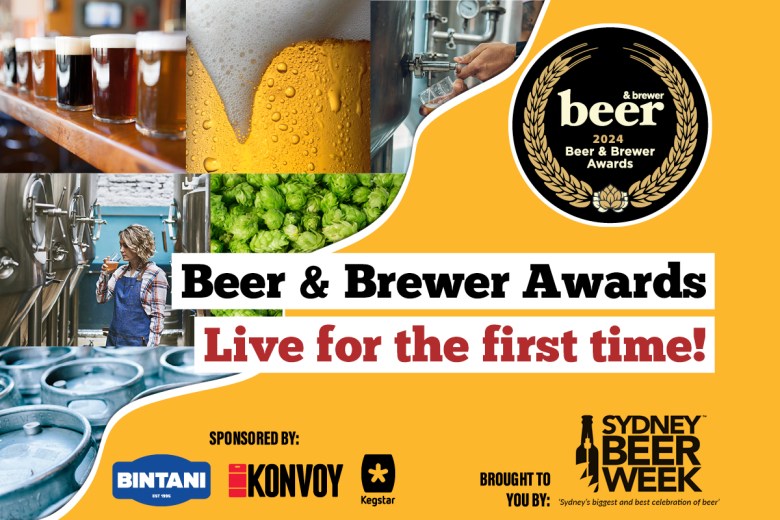 Beer & Brewer has partnered with Sydney Beer Week to present the 2024 Beer & Brewer Awards at a live ceremony on 20 October.
Beer & Brewer has partnered with Sydney Beer Week to present the 2024 Beer & Brewer Awards at a live ceremony on 20 October. 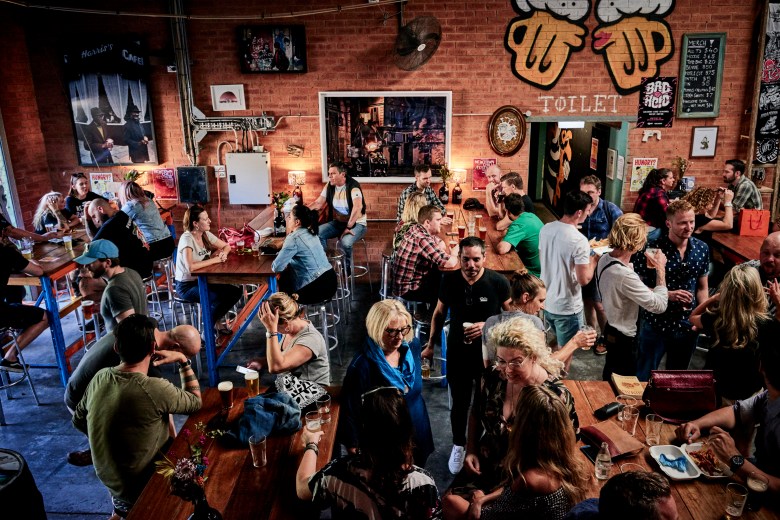 Now encompassing 18 independent breweries across six suburbs, the Inner West Ale Trail has received funding to boost its status as the craft capital of Australia.
Now encompassing 18 independent breweries across six suburbs, the Inner West Ale Trail has received funding to boost its status as the craft capital of Australia.  This Berliner weisse won a silver medal in Category 26: European Sour Ale in the 2023 National Homebrew Competition Final Round in San Diego.
This Berliner weisse won a silver medal in Category 26: European Sour Ale in the 2023 National Homebrew Competition Final Round in San Diego. 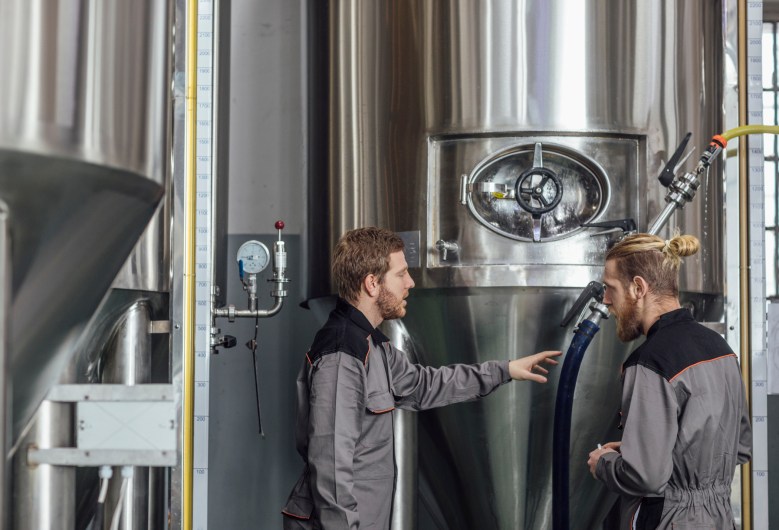 Amid trying times for the brewing industry and damaging tax hikes, MPs across the country agree on the need for reform.
Amid trying times for the brewing industry and damaging tax hikes, MPs across the country agree on the need for reform. 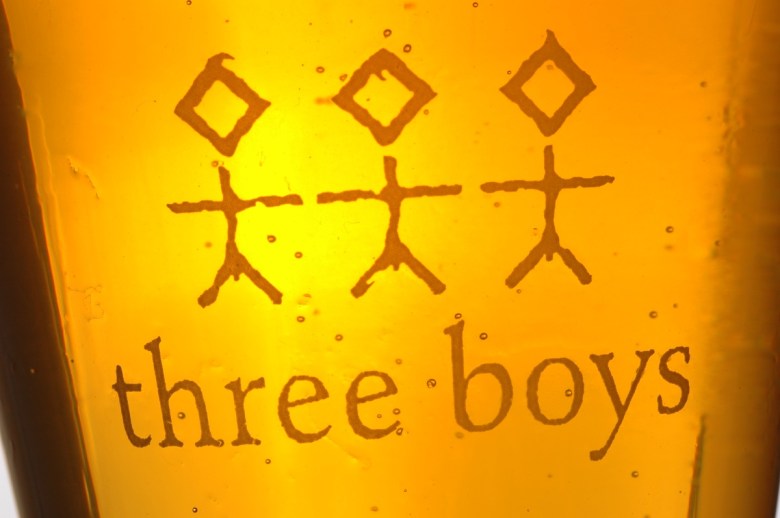 Owner Ralph Bungard spoke about the changing perception of beer, 20 years of ups and downs, and what makes Three Boys special.
Owner Ralph Bungard spoke about the changing perception of beer, 20 years of ups and downs, and what makes Three Boys special.  The AHA Forum has been upgraded to the Discourse platform. Check out our new digs and start sharing your homebrewing expertise.
The AHA Forum has been upgraded to the Discourse platform. Check out our new digs and start sharing your homebrewing expertise. Mash in at 152°F (67°C) for 1 hour. Fly sparge with 168°F (76°C) water to collect 7 gal. (26.6 L) of wort. Boil wort for 60 minutes. Add hops at […]
Mash in at 152°F (67°C) for 1 hour. Fly sparge with 168°F (76°C) water to collect 7 gal. (26.6 L) of wort. Boil wort for 60 minutes. Add hops at […]
 Browse through 43 different saison beer recipes, from classic to innovative!
Browse through 43 different saison beer recipes, from classic to innovative!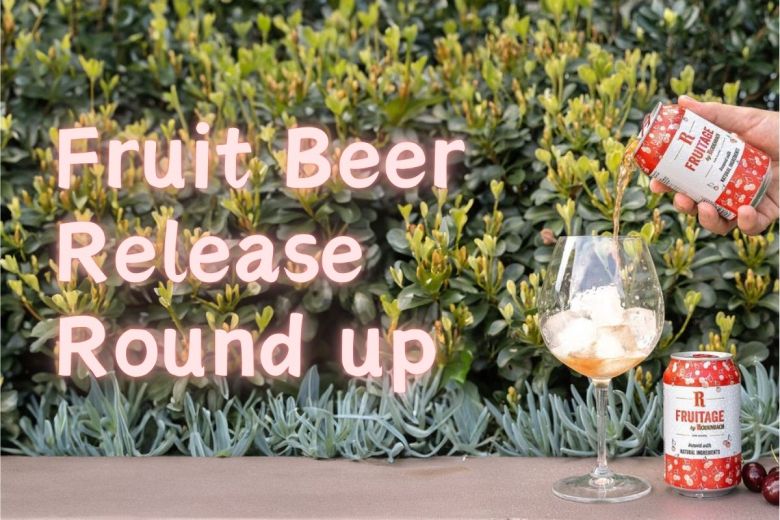 With spring well and truly sprung, we highlight three new fruit beer releases as we reach ideal weather for the style.
With spring well and truly sprung, we highlight three new fruit beer releases as we reach ideal weather for the style. 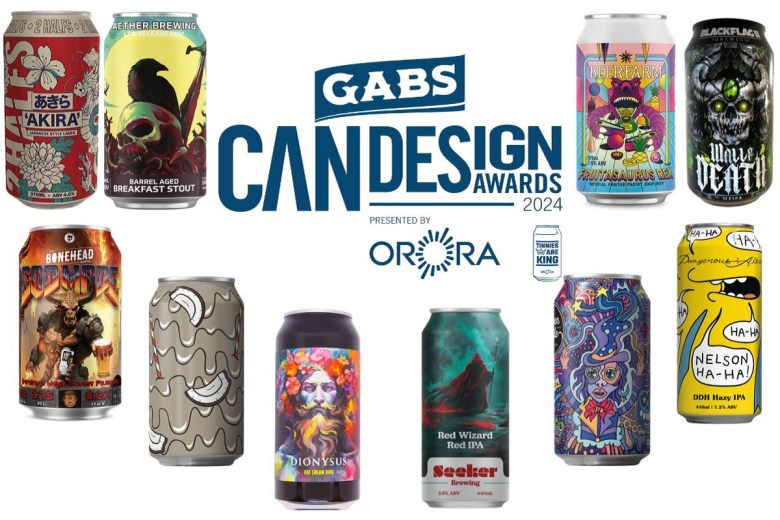 The 10 finalists have been chosen by a public vote and will now be assessed by a panel of judges before the winner is announced on 13 September.
The 10 finalists have been chosen by a public vote and will now be assessed by a panel of judges before the winner is announced on 13 September. 

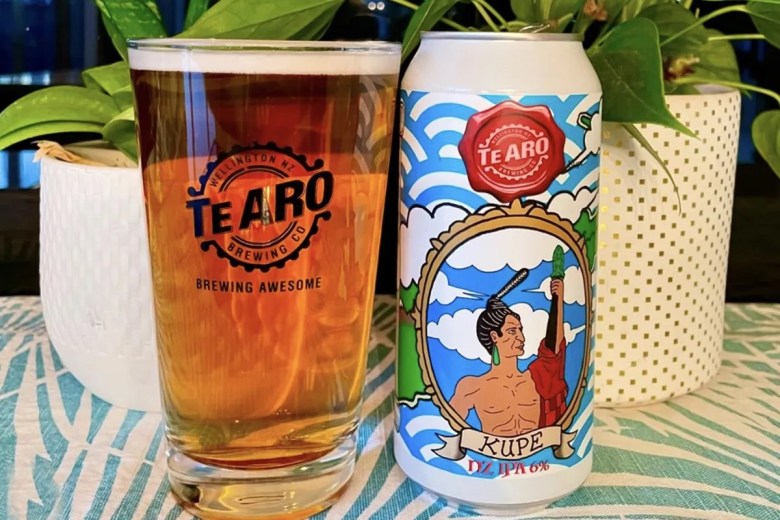 New Zealnd's Te Aro Brewing, has been ordered to remove one of its beers from sale after it was found to be in breach of advertising standards.
New Zealnd's Te Aro Brewing, has been ordered to remove one of its beers from sale after it was found to be in breach of advertising standards.  US beer collector Paul Kostrowski started collecting beer cans in 1969 and since then he has amassed a collection of over 6100 beer bottles and cans.
US beer collector Paul Kostrowski started collecting beer cans in 1969 and since then he has amassed a collection of over 6100 beer bottles and cans. 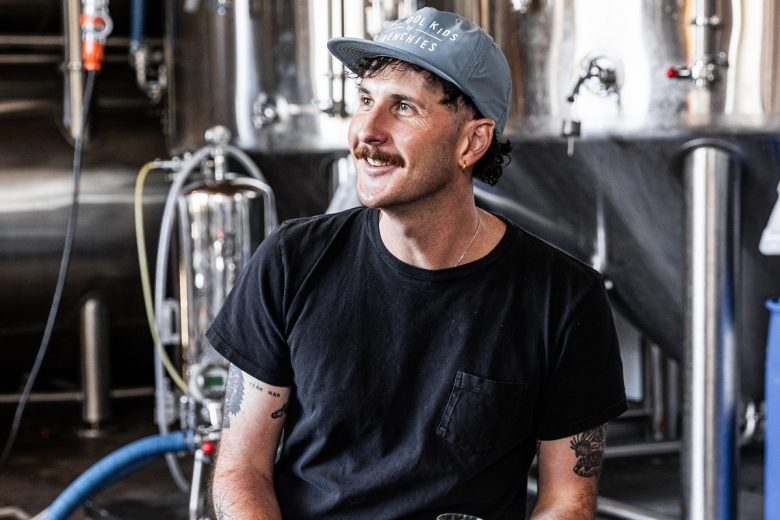 Frenchies Brewery Head Brewer Sam McDonough spoke to Beer & Brewer about his decade in the industry, working with some of Australia’s most well-known craft breweries.
Frenchies Brewery Head Brewer Sam McDonough spoke to Beer & Brewer about his decade in the industry, working with some of Australia’s most well-known craft breweries.  Julia Herz, Executive Director of the American Homebrewers Association (AHA), discusses the shift from Homebrew Con to AHA at the Great American Beer Festival in 2024. She also covers strategic planning to address the evolving needs of AHA members, focusing on future investments, event formats, member engagement, and the association’s role in supporting homebrewing and related industries.
Julia Herz, Executive Director of the American Homebrewers Association (AHA), discusses the shift from Homebrew Con to AHA at the Great American Beer Festival in 2024. She also covers strategic planning to address the evolving needs of AHA members, focusing on future investments, event formats, member engagement, and the association’s role in supporting homebrewing and related industries.